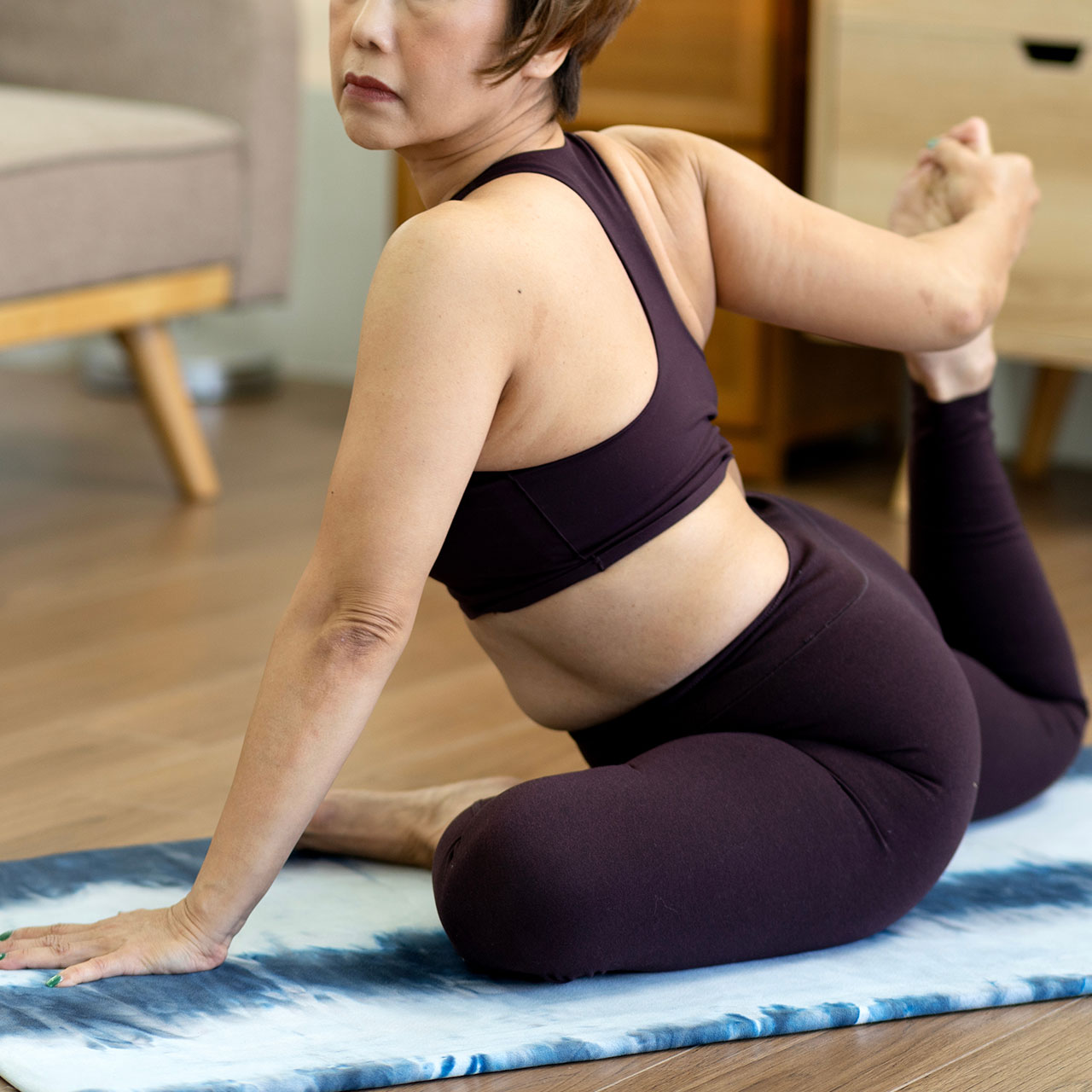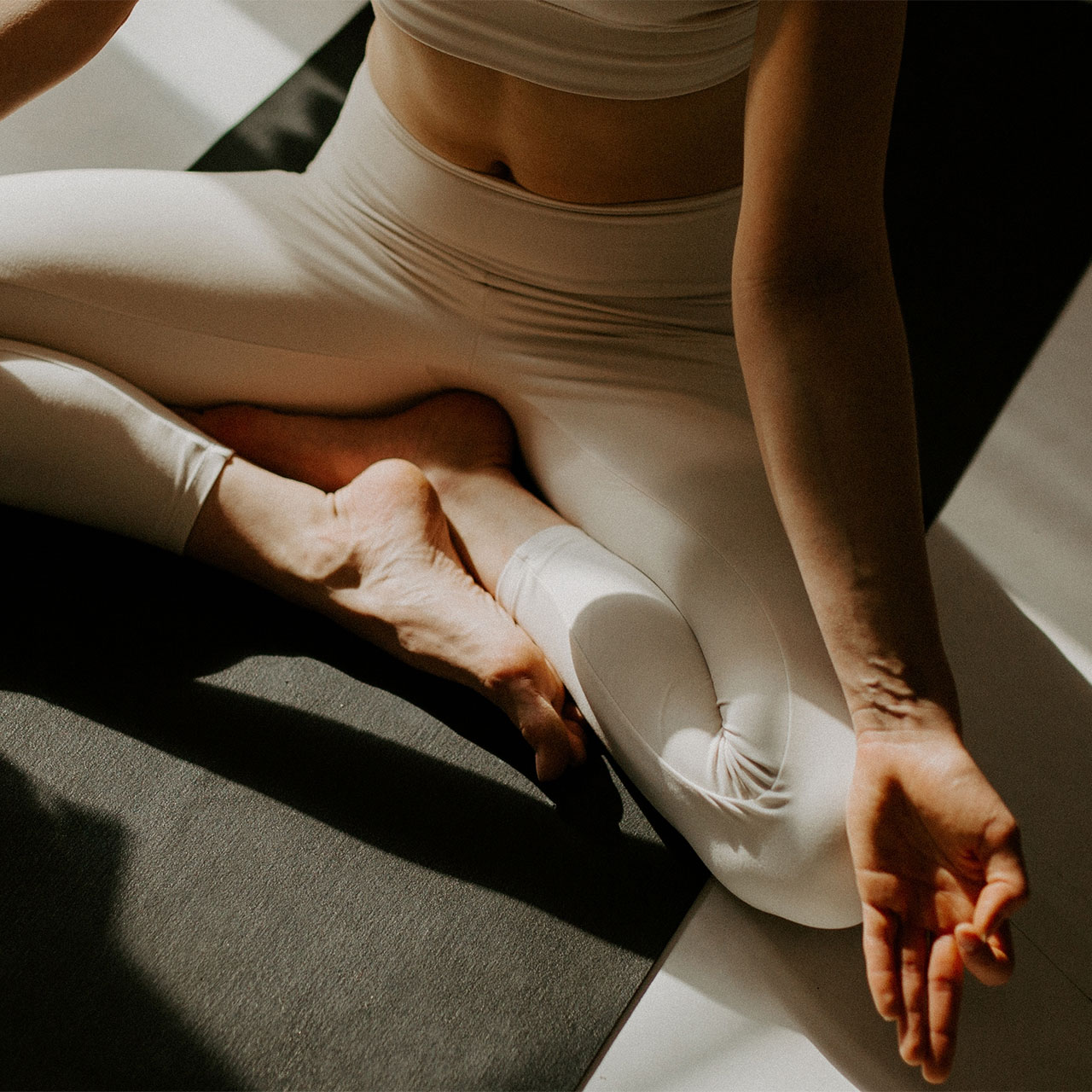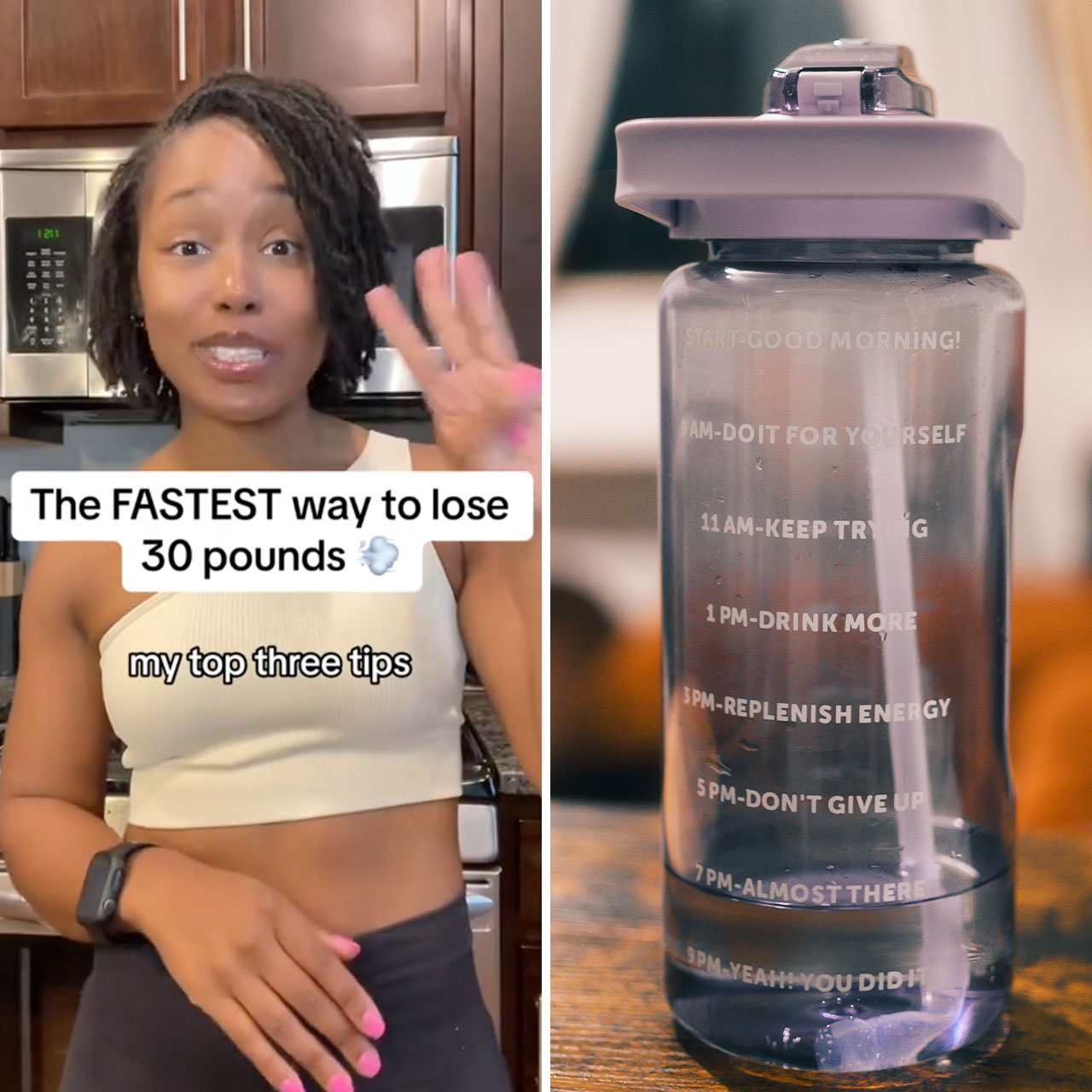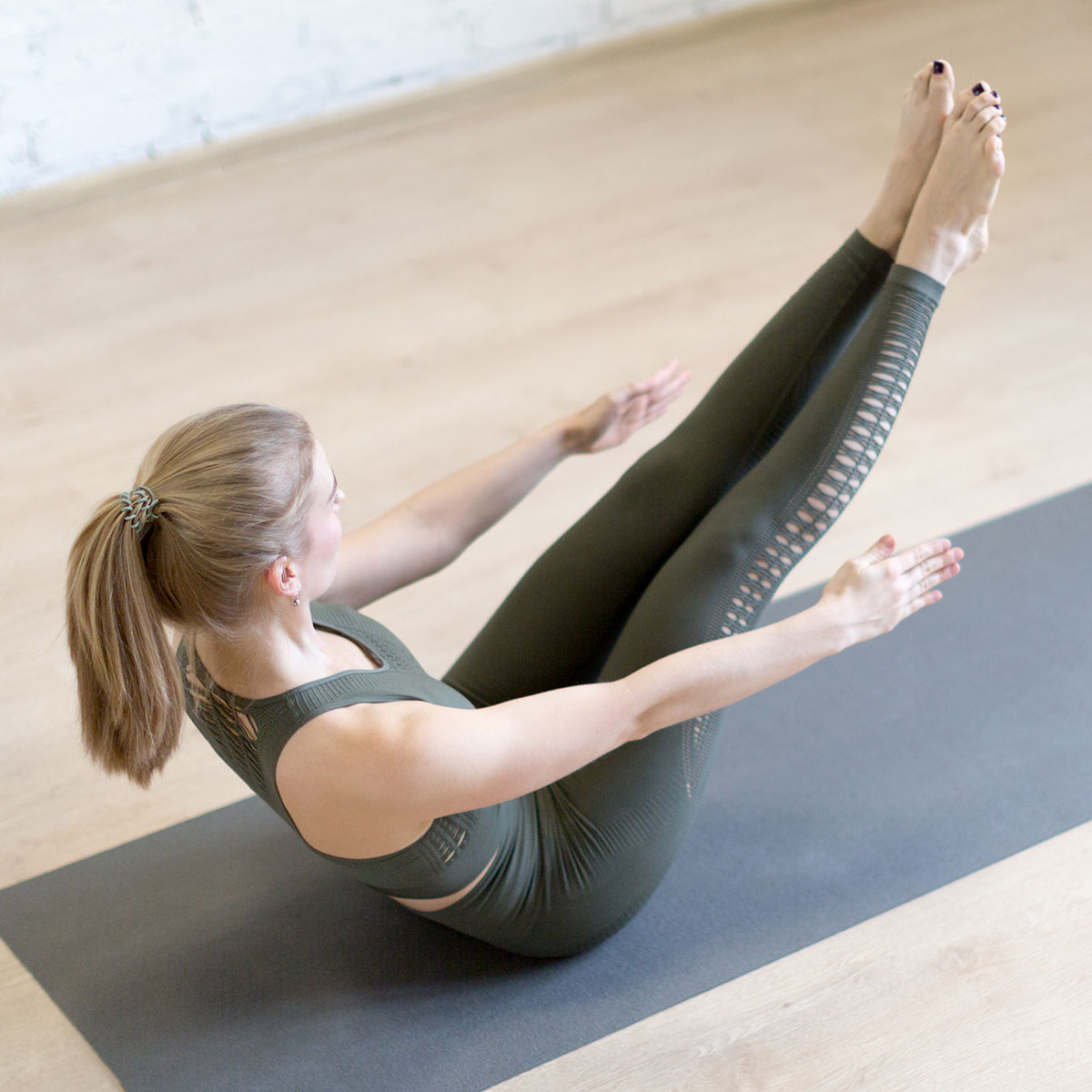This story has been updated since it was originally posted on 2/12/22 to include more expert insight
Joint pain can strike at any point in your life, and finding ways to work around it within your exercise routine is essential for maintaining the strength and well being of your body without letting pain sideline you. As tempting as it may be to push through the discomfort and carry on with the workout of your choice, there are some movements that may exacerbate the pain and eventually put your joints in a worse state than before. To ensure your workout routine isn’t putting your body at risk and will instead build your strength, we spoke with CPT and gym owner, Kate Meier and Ace Certified Trainer Mary Sabat to discover the exercise form you should skip as you treat and recover from joint pain.
READ MORE:
Improve Your At-Home Workout Routine With The Dailey Method
The Easiest Way To Lose Weight, According To A Celebrity Trainer
3 Exercises That Will Strengthen Your Core Muscles Without Hurting Your Back
3 Simple Stretches To Help Relieve Joint Pain, According To Trainers


High Impact Movements
HIIT, or high intensity interval training, is one of the most popular forms of cardio at the moment, known for increasing fat burn in a quick and effective workout. But while HIIT and other high impact exercises like running are undeniably useful for weight loss, they may also make joint discomfort and pain incrementally worse. "HIIT (High Intensity Interval Training) workouts can be dangerous because they involve high-intensity bursts of exercise followed by short periods of rest, which can place a lot of strain on the body," Sabat tells us.
“Any time the body leaves the ground and has to land it increases the impact on the joints to exponentially more than just the body weight,” explains Meier. “This is because the body has to absorb even more force as it lands as the body tries to decelerate. For someone with joint pain this can cause irritation and inflammation in the joint and make it much harder to recover from the workout,” she adds.
These workouts do require your body to exert more energy and therefore increase calorie burn, but over time they can put more strain on your joints and cause them to deteriorate if you’re already having issues. "Overdoing high impact HIIT can lead to muscle strains, joint pain, and fatigue," Sabat says.
With joint pain, it may seem like the simplest solution to eliminate exercise entirely from your routine as you heal, but Meier warns that over time this may weaken your body and make the issue that much worse. Instead, continuing to workout while healing will keep the rest of your body strong, keeping pressure off the joints and allowing them to recover adequately.
“Exercising in general can strengthen joints over time and prevent deterioration. When exercising it increases blood flow to the joints which provides them with nutrients and allows them to move better,” explains Meier.
Sabat says that "For those looking to exercise without hurting their joints, the best alternatives are low-impact activities such as walking, swimming, or cycling." She notes that "these activities can provide a good cardiovascular workout while also reducing the risk of overstraining the body." Yoga and Pilates are also good, gentle yet full-body options.

Meier recommends resistance training. Rather than depending on high impact cardio to support your body, turning to resistance training can also function to increase your metabolism and calorie burning capabilities while strengthening the body. “Resistance training helps to strengthen the tendons in the joints and the stabilizing muscles that support them. It is also important to work the joint through its fullest range of motion to maintain mobility,” notes Meier.
Putting strain on the muscles and joints with weight may seem intimidating, but strengthening the body will ultimately decrease your likelihood of injury, particularly if you slowly increase the weights you’re using, giving your muscles time to adjust.
If you’re still looking to include cardio in your routine without putting your joints at risk, lower impact exercises such as cardio and biking can still be effective to satisfy your need to sweat. These exercises in combination with weight training will put your body in the best position to heal from joint pain and discomfort without causing worsening issues, but it’s still important to prioritize at least one to two rest days within your week so as not to push your body to its breaking point and make things worse. Striking a healthy balance in your workout routine will ultimately serve your body well, and skipping out on the high impact cardio exercises will preserve your joints and save you unnecessary pain.


























